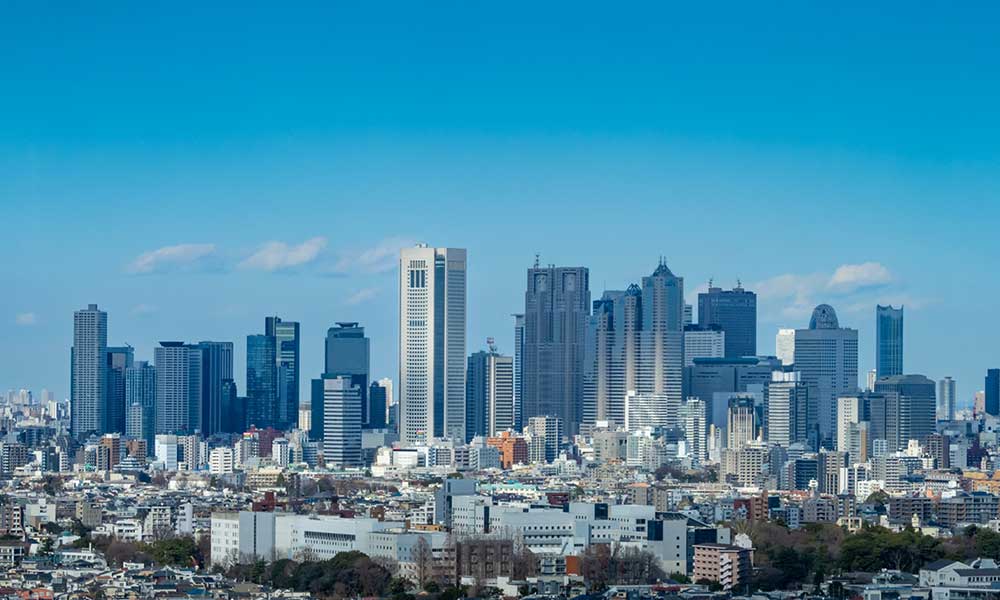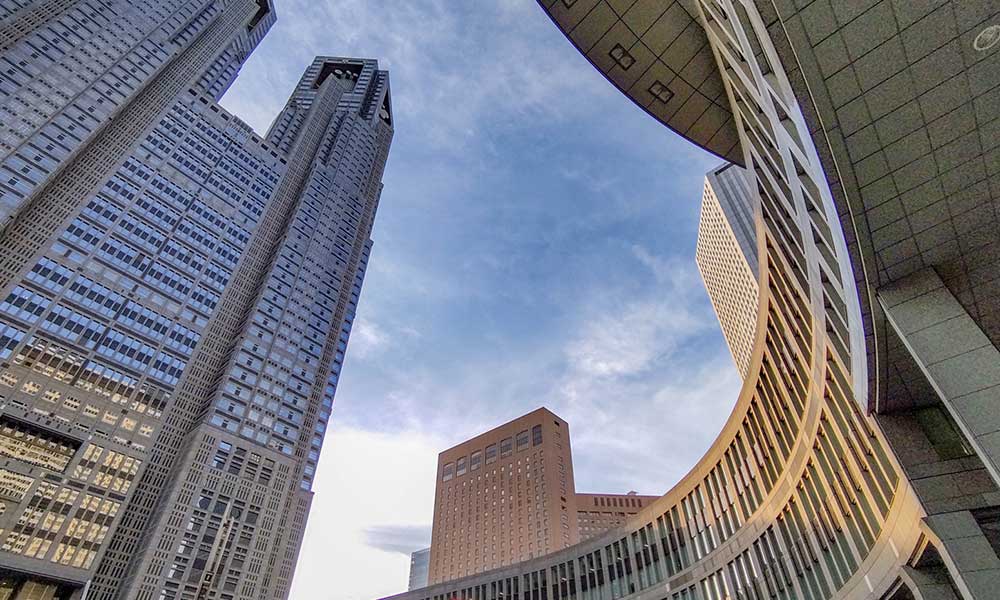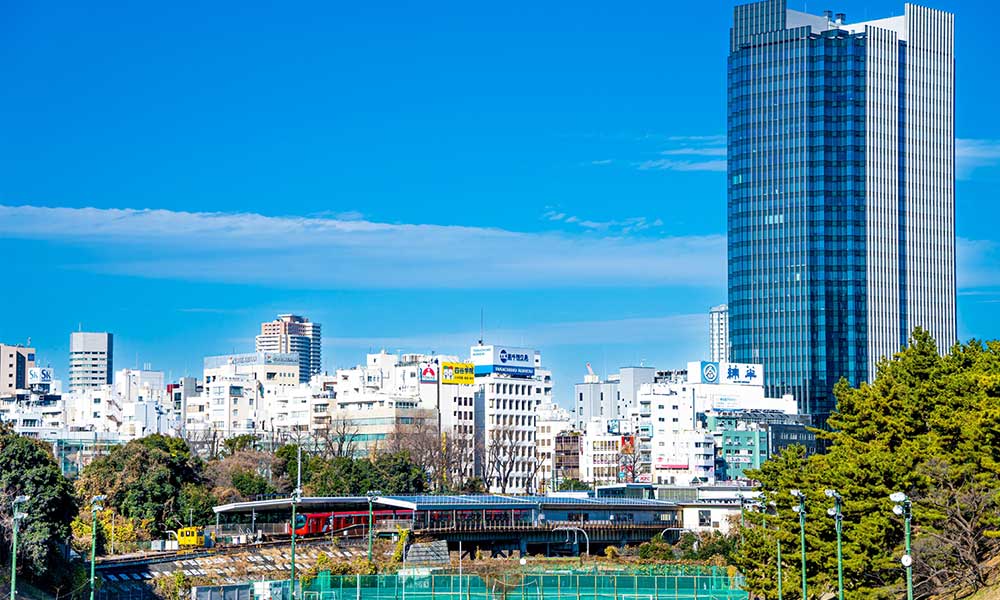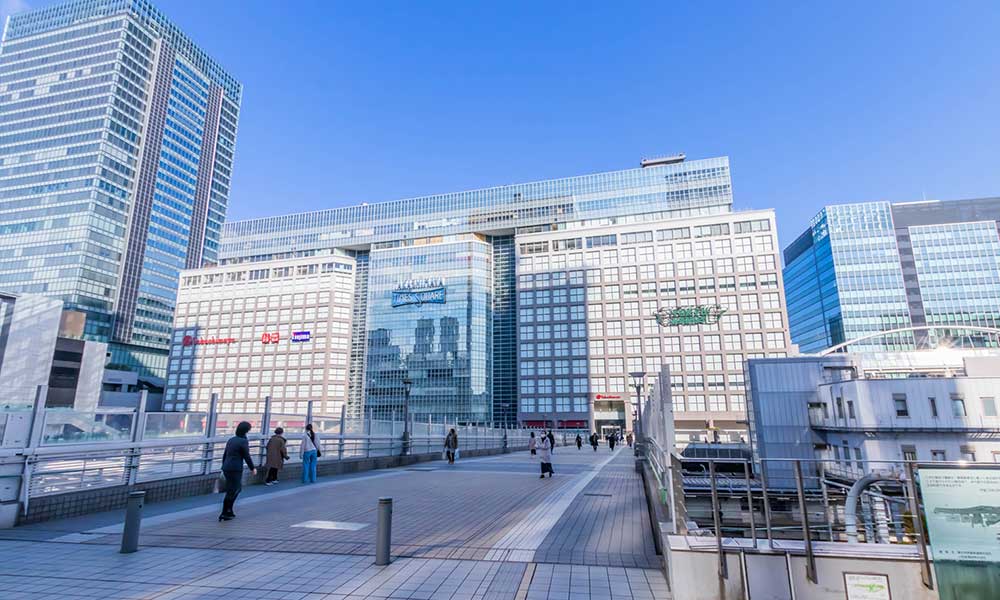Shinjyuku ward, Tokyo東京都新宿区
Living in Shinjyuku Ward, Tokyo

We have Summarized the livability of Shinjyuku Ward, Tokyo.
23 WARD AREA23区地域
-
- CHIYODA WARD 千代田区
-
- CHUOU WARD 中央区
-
- MINATO WARD 港区
-
- SHINJYUKU WARD 新宿区
-
- BUNKYO WARD 文京区
-
- TAITO WARD 台東区
-
- SUMIDA WARD 墨田区
-
- KOTO WARD 江東区
-
- SHINAGAWA WARD 品川区
-
- MEGURO WARD 目黒区
-
- OTA WARD 大田区
-
- SETAGAYA WARD 世田谷区
-
- SHIBUYA WARD 渋谷区
-
- NAKANO WARD 中野区
-
- SUGINAMI WARD 杉並区
-
- TOSHIMA WARD 豊島区
-
- KITA WARD 北区
-
- ARAKAWA WARD 荒川区
-
- ITABASHI WARD 板橋区
-
- NERIMA WARD 練馬区
-
- ADACHI WARD 足立区
-
- KATSUSHIKA WARD 葛飾区
-
- EDOGAWA WARD 江戸川区
目次
- What kind of place is Shinjyuku Ward, Tokyo?
- Shinjyuku WardPR video
- How is the traffic situation in Shinjyuku Ward?
- How are the rent and land prices in Shinjyuku Ward?
- How is childcare and education in Shinjyuku Ward?
- How about shopping in Shinjyuku Ward?
- How about jobs and recruitment in Shinjyuku Ward?
- Shinjyuku Ward’s unique subsidy/subsidy system
What kind of place is Shinjyuku Ward, Tokyo?

Shinjuku Ward is the central city of Tokyo, from Kabukicho to the Tokyo Metropolitan Government Building.
Shinjuku Ward is located almost in the center of Tokyo’s 23 wards, with an area of approximately 18.22 square kilometers.
It borders Toshima Ward to the north, Bunkyo Ward and Chiyoda Ward to the east, Minato Ward and Shibuya Ward to the south, and Nakano Ward to the west.
It has a population of approximately 346,000 and approximately 223,000 households. (As of December 2022)
In 1947, the three wards of Yotsuya, Ushigome, and Yodobashi were merged to form Shinjuku Ward.
The name Shinjuku Ward comes from the fact that during the Edo period, this area was chosen as the first post town from Nihonbashi, the starting point of the Koshu Kaido road, and the location was located on the grounds of the Naito clan’s residence. Since it was called “Naito Shinjuku” meaning a new post town, the area was later named “Shinjuku.”
Shinjuku Station is the center of the city, and is the terminal station with the highest number of passengers in Japan.
The area around the East Exit is one of the most popular areas in Japan, with Kabukicho, a famous entertainment district, and many long-established department stores and fashion buildings.
The area around the West Exit is famous as an office district, lined with skyscrapers, and the Tokyo Metropolitan Government Building is also located in this area.
The area around the South Exit is home to the Mylord Deck, which spans Koshu Kaido, and the Shinjuku Southern Terrace, which stretches beyond it, as well as the large bus terminal Busta Shinjuku. There are also many vocational schools, so you will see many students in the area.
Besides the Shinjuku area, Shinjuku ward has many unique areas such as the Yotsuya area with its many temples and shrines, the Kagurazaka area with its many slopes and historical sites, which has recently become home to many fashionable restaurants, the Takadanobaba/Waseda area known as a student town, and the Okubo area with its Korea Town and many Asian foreigners.
The most well-known tourist spot in Shinjuku ward is Shinjuku Gyoen National Garden. The vast grounds are filled with seasonal flowers and beautiful plants, as well as restaurants and cafes, making it an area where you can enjoy nature while in the city.
The Meiji Jingu Baseball Stadium, which opened in 1926, is also located in the ward.
It is the main stadium for high school and college baseball, and is also famous as the home stadium of the Tokyo Yakult Swallows.
PR video of Shinjyuku Ward, Tokyo
Shinjuku specialties and strolls
The Kitchen of Shinjuku that you should visit now: Shinjuku Fresh Products
How is the traffic situation in Shinjyuku Ward?

Shinjuku ward has 18 train lines and 30 stations.
| Shinjuku Station | JR Yamanote Line・JR Sobu Line・JR Saikyo Line・JR Chuo Line・JR Shonan Shinjuku Line・JR Shonan Shinjuku Line・Toei Shinjuku Line・Toei Oedo Line・Keio Line・Keio New Line・Odakyu Odawara Line・Tokyo Metro Marunouchi Line |
| Yotsuya Station | JR Sobu Line・JR Chuo Line・Tokyo Metro Marunouchi Line・Tokyo Metro Namboku Line |
| Takadanobaba Station | JR Yamanote Line・Tokyo Metro Tozai Line・Seibu Shinjuku Line |
| Shinjuku-sanchome Station | Tokyo Metro Marunouchi Line・Tokyo Metro Fukutoshin Line・Toei Shinjuku Line |
| Tochomae Station | Toei Oedo Line |
| Higashi-Shinjuku Station | Tokyo Metro Fukutoshin Line・Toei Oedo Line |
| Shinanomachi Station | JR Sobu Line |
| National Stadium Station | Toei Oedo Line |
| Seibu Shinjuku Station | Seibu Shinjuku Line |
| Shin-Okubo Station | JR Yamanote Line |
| Nakai Station | Toei Oedo Line・Seibu Shinjuku Line |
| Okubo Station | JR Sobu Line |
| Yotsuya-Sanchome Station | Tokyo Metro Marunouchi Line |
| Akebonobashi Station | Toei Shinjuku Line |
| Waseda Station | Tokyo Metro Tozai Line |
| Wakamatsu-Kawada Station | Toei Oedo Line |
| Kagurazaka Station | Tokyo Metro Tozai Line |
| Ushigome Kagurazaka Station | Toei Oedo Line |
| Shinjuku West Exit Station | Toei Oedo Line |
| Nishi-Shinjuku-Gochome Station | Toei Oedo Line |
| Ochiai Minaminagasaki Station | Toei Oedo Line |
| Nishi-Waseda Station | Tokyo Metro Fukutoshin Line |
| Ushigome-yanagimachi Station | Toei Oedo Line |
| Nishi-Shinjuku Station | Tokyo Metro Marunouchi Line |
| Ochiai Station | Tokyo Metro Tozai Line |
| Shimo-Ochiai Station | Seibu Shinjuku Line |
| Shinjuku Gyoenmae Station | Tokyo Metro Marunouchi Line |
| Waseda Station | Toden Arakawa Line |
| Omokagebashi Station | Toden Arakawa Line |
Shinjuku Station is the busiest station in Japan, and many areas are served by multiple routes. This makes it a highly convenient area, as you can travel to many different places, and even if one route stops, you can still use other routes.
Local buses are operated by the Tokyo Metropolitan Bureau of Transportation (Toei Bus), Kanto Bus, Keio Bus, Seibu Bus, and Odakyu Bus. The community bus “Shinjuku WE Bus” also operates around Shinjuku Station.
There are many bus routes, making this a very convenient area. In addition, if you use “Busta” at the south exit of Shinjuku Station, you can easily travel by bus to other areas. In addition, there are direct buses to Haneda Airport and Narita Airport, so it is a convenient area to go anywhere.
There are two highway entrances (interchanges) in Shinjuku Ward.
The Gaien IC on the Shuto Expressway Route 4 Shinjuku Line and the Iidabashi IC on the Shuto Expressway Route 5 Ikebukuro Line.
The area is also convenient for traveling by car, with National Route 20 running from Tokyo through Kanagawa and Yamanashi prefectures to Shiojiri City in Nagano Prefecture, and prefectural roads running in all directions.
There are multiple train lines, making it very convenient. Many lines have last trains that run until late.
All of the lines are crowded. Shinjuku Station in particular has a complicated interior and it’s easy to get lost.
How are the rent and land prices in Shinjyuku Ward?

Shinjuku Ward has a wide range of housing options, from apartments to detached houses.
According to information from a real estate information website, the average rent in the ward for a newly built apartment within a 10-minute walk from the station is around 114,000 yen for a 1K apartment and 196,000 yen for a 2DK apartment.
The average land price per tsubo is around 11,960,000 yen per tsubo.
The average price of a newly built apartment is 73,870,000 yen, the average area is 53.12 m2, and the average price per tsubo is 4,598,000 yen per tsubo. (As of 2018-2022)
How is childcare and education in Shinjyuku Ward?

Shinjuku Ward: an excellent place to raise children and provides generous support
Shinjuku ward has 55 nurseries, 31 kindergartens, 30 elementary schools, 17 junior high schools, 12 high schools, 30 junior colleges and universities, and 44 vocational schools.
The “Child Medical Expense Subsidy” covers children up to 15 years old (as of March 31st after they reach 15 years old) for both outpatient and inpatient care, and fully subsidizes all expenses.
In addition, from April 1, 2023, the target age group will be expanded from junior high school students to high school students.
Child allowances are provided in the following amounts: 15,000 yen for children under 3 years old, 10,000 yen for the first and second child aged 3 or older but not yet entering elementary school, 15,000 yen for the third child and onwards, and 10,000 yen for junior high school students.
Shinjuku Ward also has its own unique support.
“Private Rental Housing Rent Subsidy” subsidizes part of the rent for households living in private rental housing within the ward. The subsidy is 30,000 yen per month for up to five years. To receive the subsidy, a lottery is held and there are income restrictions as the number of households is limited.
“Enrollment Congratulations” is a gift given to first-year elementary school and junior high school students entering the new school year. The amount is 50,000 yen per new first-year elementary school student and 100,000 yen per new first-year junior high school student.
There are many famous private schools and universities in this area, and many education-oriented families gather here. This is an area where support and assistance for child-rearing and education is generous.
Due to the nature of the area, kindergarten playgrounds and school grounds are often small.
How about shopping in Shinjyuku Ward?

Shinjuku Ward is a fashionable town for adults, with both long-established stores and the latest brands lining the streets.
There are many commercial facilities in Shinjuku Ward, mainly around Shinjuku Station.
The east exit of Shinjuku Station is home to a series of fashion and restaurant-focused stores, including Isetan Shinjuku, the department store with the highest sales in Japan, and Shinjuku Marui, a complex of six buildings in the east exit area, including the main building, annex, and men’s store.
The West Exit is famous for being home to many electronics retailers, such as Yodobashi Camera Shinjuku West Exit Main Store and Yamada Denki LABI Shinjuku West Exit. Connected directly to the West Exit are Keio Shinjuku Store and Lumine Shinjuku, which are bustling with customers every day.
At the south exit, stylish cafes and restaurants line the Shinjuku Southern Terrace, a promenade that stretches from the station towards Yoyogi, and beyond that is Takashimaya Times Square, a complex that houses department stores, bookstores, theaters, and more.
The area around Shinjuku Station is overflowing with stores, making it a fun place to shop, with everything you need on offer.
The area around Shinjuku Station is crowded with people even on weekdays, and shopping there can be quite tiring.
How about jobs and recruitment in Shinjyuku Ward?
Shinjuku Ward: home to some of Japan’s leading companies
The average annual salary in Shinjuku Ward is 5.61 million yen.
There are businesses in a variety of fields in Shinjuku Ward.
The area around Shinjuku Station is one of Japan’s most famous downtown areas and a business district, with the service industry, retail, and information and communications industries ranking highly.
In addition, the Iidabashi and Kagurazaka areas are home to a thriving printing and bookbinding industry, and the Takadanobaba and Ochiai areas are home to many businesses related to the dyeing industry.
In addition, there are many headquarters of listed companies, so it can be said that the area has a large number of job openings.
Shinjyuku Ward, Tokyo’s unique subsidy/subsidy system
Shinjyuku Ward, Tokyo’s unique housing assistance and subsidy system
Shinjyuku Ward, Tokyo’s unique childcare support system
| Child medical expenses subsidy Medical Expense Subsidy for High School Students |
Shinjyuku Ward, Tokyo’s unique system for further education and tuition assistance/subsidies
| Admission gift School support |
























